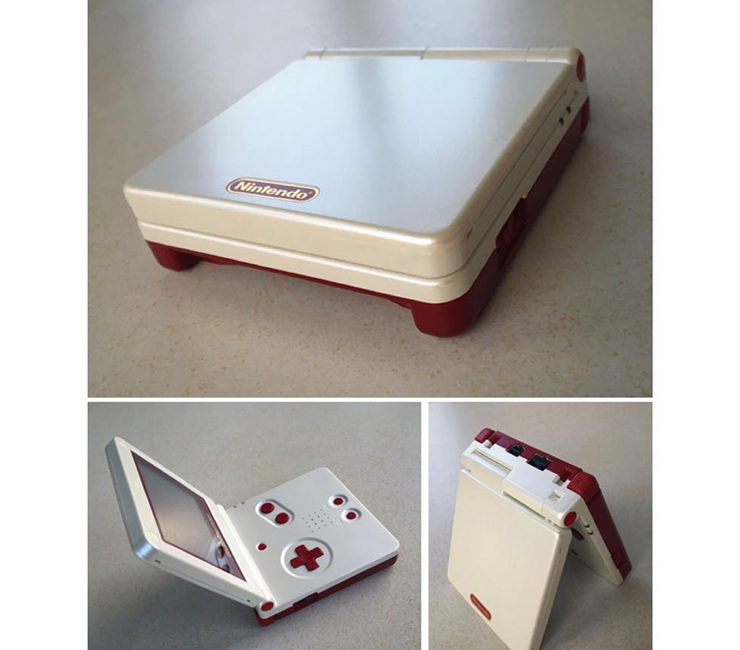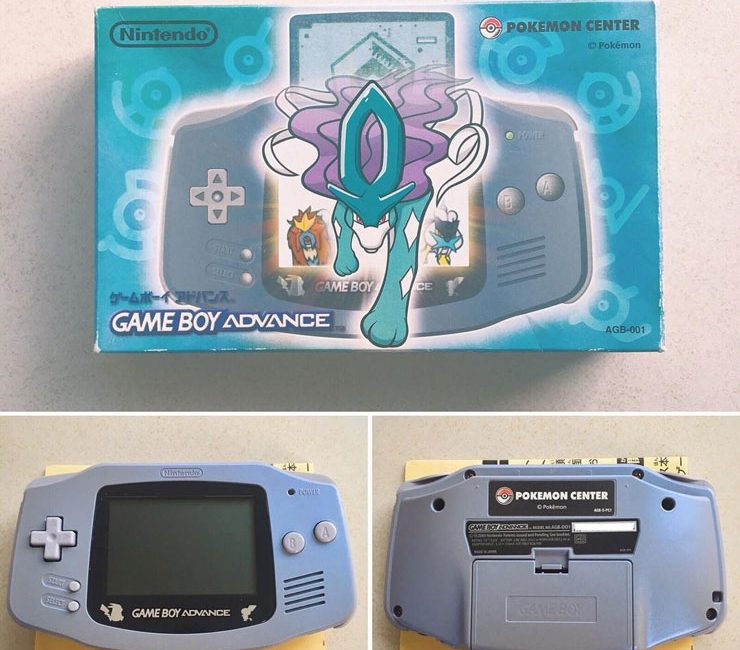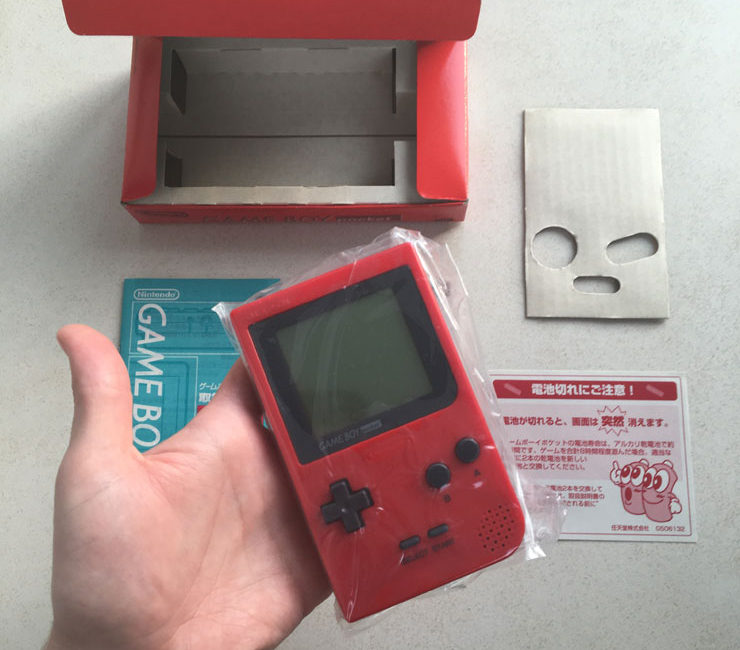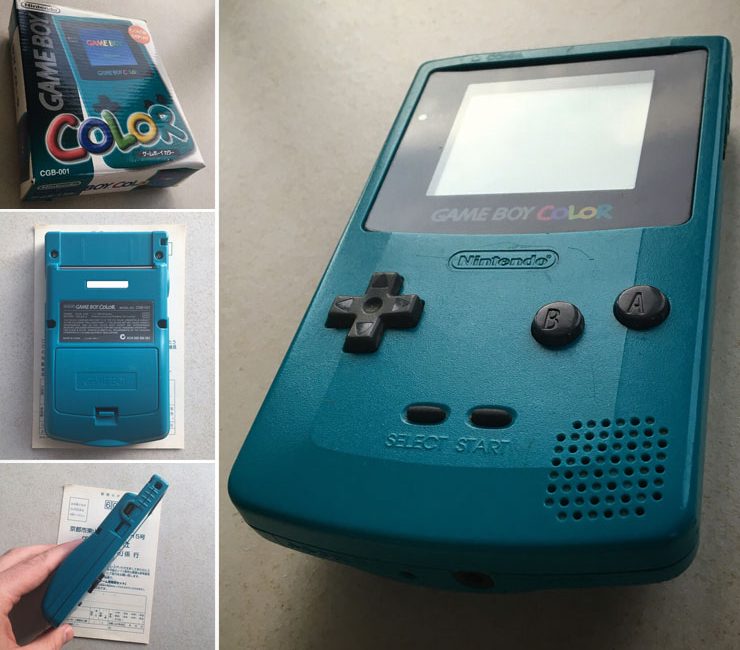Introduction to the Nintendo GameBoy Advance SP (AGS-001)
The GameBoy Advance SP (or GBA SP for short) is the immediate successor of the GameBoy Advance. The device was released by Nintendo in 2003, two years after the . The SP in it’s name stands for special, denoting that it is a special version of the standard GameBoy Advance. It’s predecessors include all of the previous GameBoys in Nintendo’s lineup: the classic GameBoy, the GameBoy Pocket, the GameBoy Light and the GameBoy Color. In terms of hardware, the GameBoy Advance SP and the GameBoy Advance are very similar with both consoles featuring similar button layouts, 32-bit CPUs and a 240×160 pixel screen resolution that could display up to 32,768 different colours simultaneously. The difference in the latest console lies in it’s clam-shell design, which made the console smaller and overall more portable. Further welcomed upgrades include a front-lit screen, a rechargeable lithium-ion battery which allowed for 10 hours of gameplay with the front-light on and a charger input which it later shared with Nintendo’s DS (Dual Screen) handheld console. The 3.5mm headphone jack on the GBA was removed and instead the new charger port used for connecting a headphone. Proprietary headphones and 3.5mm headphone adapters were sold separately. This meant that the GameBoy Advance SP did not support simultaneous charging and connecting headphones.
The GameBoy Advance in this post is the Famicom Color special edition which was released in Japan to commemorate the Famicom home console, which is the Japanese equivalent of the Nintendo Entertainment System. The Famicom Color special edition was only released in Japan.
Specifications
- Product name: GameBoy Advance SP
- Model number: AGS-001
- Manufacturer: Nintendo
- Product line: GameBoy line
- Release date: February 14, 2003 (Japan)
- Console Generation: Sixth generation
- Game format: GameBoy Advance cartidges, GameBoy Color cartridges, GameBoy cartridges
- Region lock: no
- CPU: 32-bit
- Screen size: 1.51 inches (4.08cm) × 2.41 inches (6.12cm) with a diagonal length of 2.90 inches (7.36cm)
- Screen resolution: 240×160











